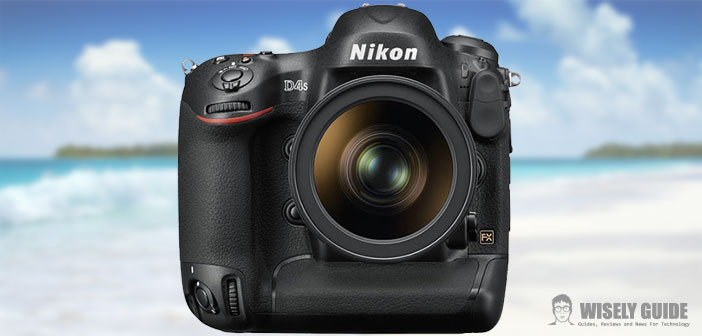The view we had on display at the Nikon booth at CES in Las Vegas, almost two months ago, but then it was only possible to observe behind glass, without the ability to know about them. But now it’s official Nikon D4S and is at the top of the list SLR professional company. As the name suggests we are not faced with a completely new model but an update, but it has affected many of the characteristics of plate Nikon D4.
What will change? Let’s start briefly, then moved to a greater detail. Nikon D4 with reference to the model, has introduced a new image processor speed greater computational, an autofocus system even more refined, more sensitive CMOS sensor, 1080/60p video capabilities coming in, the option to create RAW files smaller and higher operating autonomy, in terms of shots per charge.
As we said, the EXPEED processor used is now 4, which has a higher operating speed by 30% compared to EXPEED 3 adopted in Nikon D4. A move is essential for a top of the range, which lays the groundwork for further expedite all processes in which a digital SLR is involved.
The sensor was and is a 16.2 megapixel, apparently unchanged, but Nikon says a deep redesign, aimed to further increase the performance in low light. The ISO range always starts from the value (Lo1) ISO 50, but reached the record value of well ISO 409,600 (Hi4). The standard nominal extended ISO ranges from 100 to 25,600, while 12,800 came with Nikon D4 ISO expandable to ISO 204,800.

Among the major news to report, there is a renewed system autofocus (always 51 points) that promises greater precision thanks to the new AF area mode to group and faster: now the flagship of the house is capable of bursts to 11 fps (10fps D4 ) with AF always active.
They could not miss new air in the video: You can now record videos in 1080/60p up to 42Mbps (even if for only 10 minutes at a time) and 3D noise reduction function that promises to reduce the random noise and flicker effect. Also on the audio front, there are new: now you can give priority to certain frequencies, such as Wide Range (for general use) and Voice Range (thus giving greater emphasis to the typical frequencies of the human voice).
Also provided for the automatic reduction of wind noise, all the audio levels, in addition, can also be changed during recording. Present the HDMI port, you can communicate with external devices at full resolution and without compression.
A new novel is the ability to record RAW files lighter thanks to the introduction of so-called RAW S (2,464×1,640 pixel, about 4 Mpixel): the choice (which of course does not replace the ability to shoot in NEF format full) is motivated by the fact that in many areas is crucial to send high-quality images in the shortest time possible. To rely on raw files from the weight in MB far lower than normal is definitely one of the ways to achieve this goal, especially if it is not required the maximum number of pixels possible.

Nikon D4S is also designed to ensure a greater number of shots, estimated in 3020 using the CIPA rating, 5960 by Nikon internal testing continuous shooting setting. The result was achieved in two ways: the first in a great work of engineers to be up to the general consumption of the device, the second through the adoption of a new battery to the shore, EN-EL18a, identical in a form factor to the EN-EL18 already used by the house of D4.
Nikon D4S can then fit both models, although the EN-EL18a is bigger. To signal the presence of a Gigabit Ethernet port 1000Mbps, while on D4 was 100Mbps.
The interval timer is no longer the limit of 999 shots of the Nikon D4, Nikon D4S with the value goes up to 9999, a number that is ten times greater than possible shots in this particular situation. On the storage, front is confirmed by the adoption of CompactFlash and XQD, while it is quite obvious to remember that the machine is of the type to tropical or able to resist water and dust, and in general to harsh environmental conditions.
Weights and dimensions only quite similar to those of the Nikon D4, while even in this case is not deliberately integrated natively the GPS module, leaving the option to the photographer the opportunity to purchase separately (Nikon GP-1A). A choice that many may find objectionable on a top of the range, but that probably dates its reasons in favor maximum operational autonomy. The same applies to the Wi-Fi available via a module WT-5A.
Nikon makes available for a PDF file that compares all the differences between Nikon D4 and Nikon D4S, I recommend consulting the parties concerned (found at this link), although in this article, we have summarized almost all the main points.

